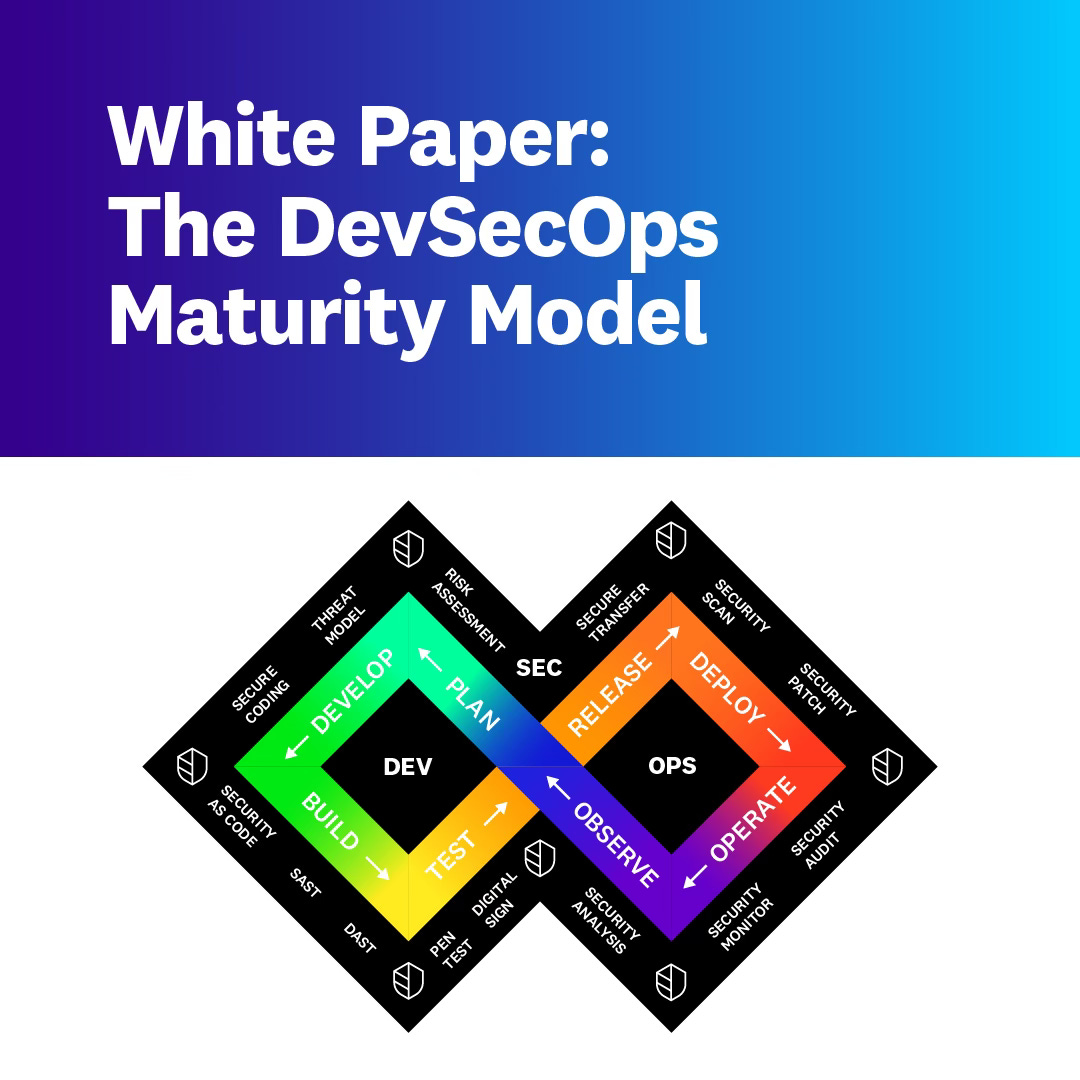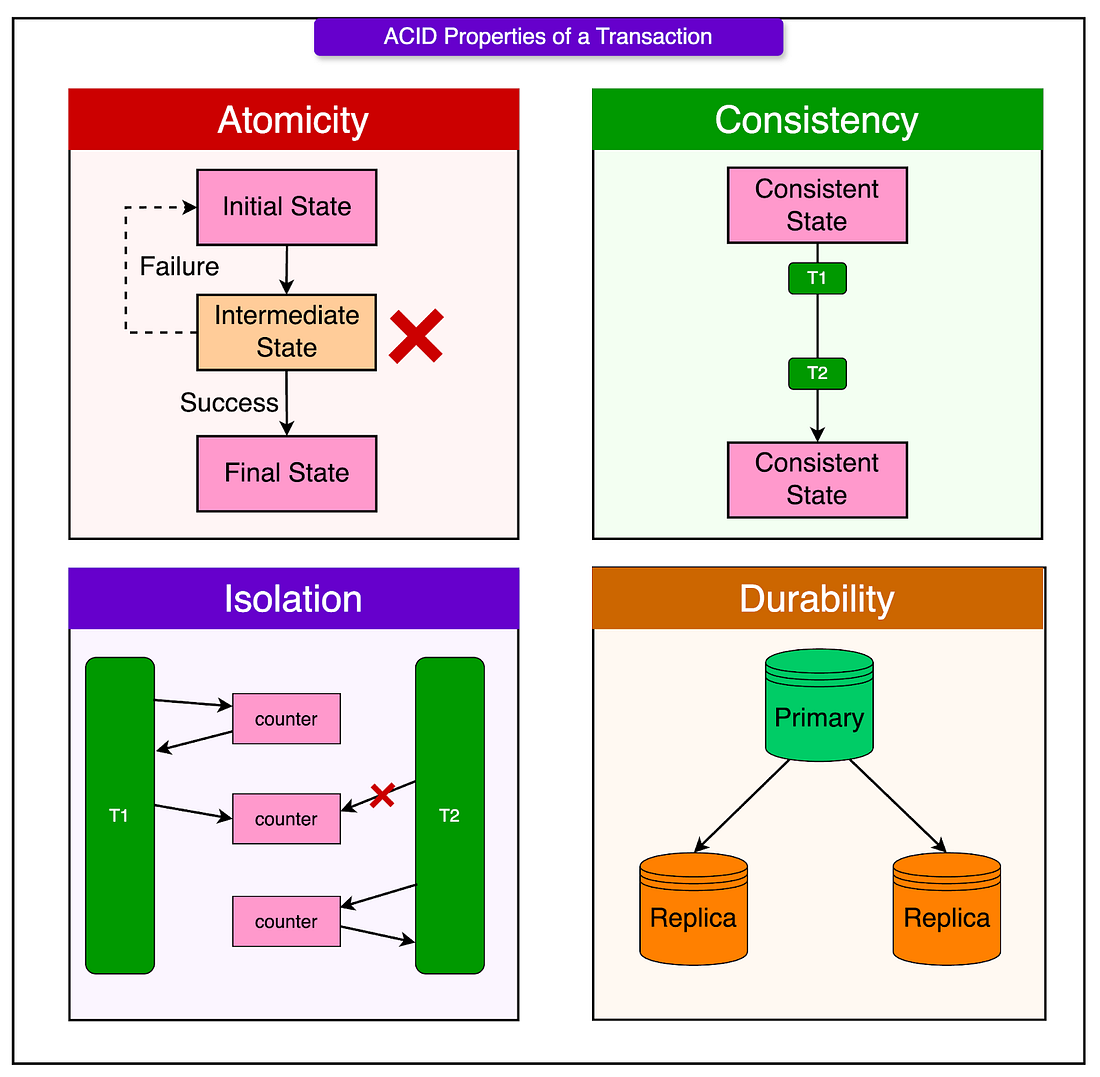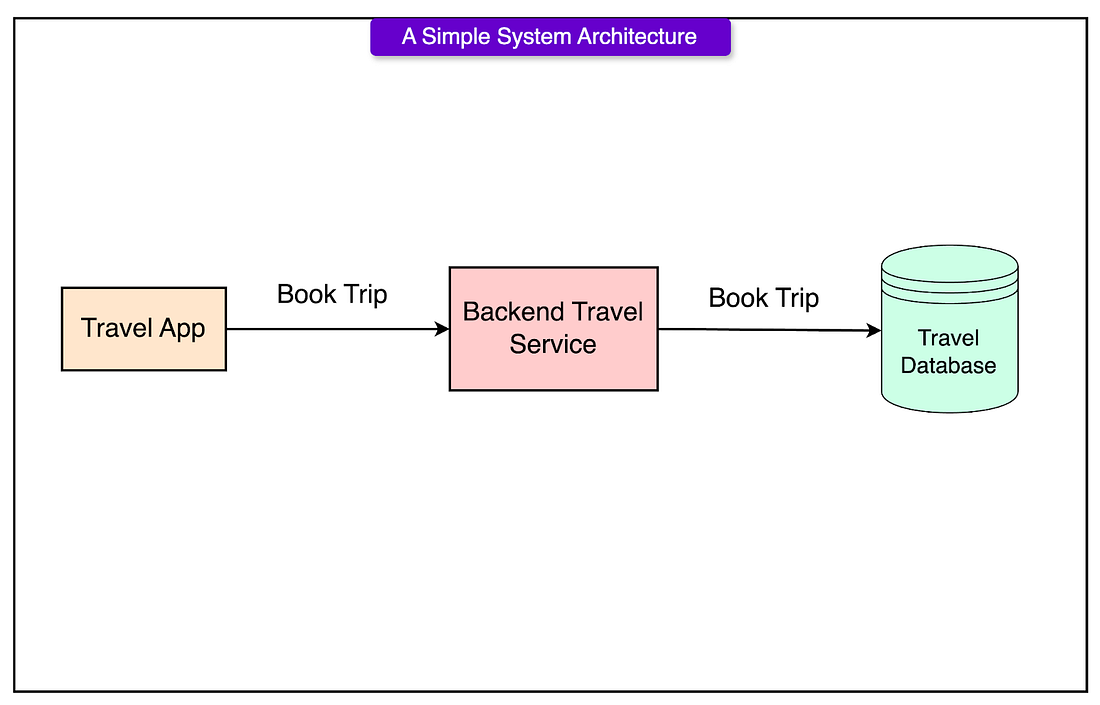|
The 6 Core Competencies of Mature DevSecOps Orgs (Sponsored)
Understand the core competencies that define mature DevSecOps organizations. This whitepaper offers a clear framework to assess your organization's current capabilities, define where you want to be, and outline practical steps to advance in your journey. Evaluate and strengthen your DevSecOps practices with Datadog's maturity model.
Disclaimer: The details in this post have been derived from the articles/videos shared online by the Halo engineering team. All credit for the technical details goes to the Halo/343 Engineering Team. The links to the original articles and videos are present in the references section at the end of the post. We’ve attempted to analyze the details and provide our input about them. If you find any inaccuracies or omissions, please leave a comment, and we will do our best to fix them.
In today's world of massive-scale applications, whether it’s gaming, social media, or online shopping, building reliable systems is a difficult task. As applications grow, they often move from using a single centralized database to being spread across many smaller services and storage systems. This change, while necessary for handling more users and data, brings a whole new set of challenges, especially around consistency and transaction handling.
In traditional systems, if we wanted to update multiple pieces of data (say, saving a new customer order and reducing inventory), we could easily rely on a transaction. A transaction would guarantee that either all updates succeed together or none of them happen at all.
However, in distributed systems, there is no longer just one database to talk to. We might have different services, each managing its data in different locations. Each one might be running on different servers, cloud providers, or even different continents. Suddenly, getting all of them to agree at the same time becomes much harder. Network failures, service crashes, and inconsistencies are now of everyday situations.
This creates a huge problem: how do we maintain correct and reliable behavior when we can't rely on traditional transactions anymore? If we’re booking a trip, we don’t want to end up with a hotel reservation but no flight. If we’re updating a player's stats in a game, we can't afford for some stats to update and others to disappear.
Engineers must find new ways to coordinate operations across multiple independent systems to tackle these issues. One powerful pattern for solving this problem is the Saga Pattern, a technique originally proposed in the late 1980s but increasingly relevant today. In this article, we’ll look at how the Halo Engineering Team at 343 Game Studio (now Halo Studios) used the Saga pattern to improve the player experience.
Build AI products and grow your impact (Sponsored)
Two critical themes define today's engineering landscape: building AI applications and growing your influence in an increasingly automated world. So, we teamed up with Maven to curate 6 hands-on courses on these topics, led by experienced practitioners.
Building Agentic AI Applications with Aishwarya Reganti (AWS)
Multi-Agent Applications with Amir Feizpour (AI engineer)
AI Evals with Hamel Husain (AI engineer, ex-Github, Airbnb)
Break Through to Executive with Ethan Evans (Amazon VP)
Elite Product Leadership with Amit Fulay (Microsoft VP)
Eng Management System with Gilad Naor (ex-Meta, Amazon)
Our friends at Maven said to use code BYTEBYTEGO to get $100 off any of these selected courses.
ACID Transactions
When engineers design systems that store and update data, they often rely on a set of guarantees called ACID properties. These properties make sure that when something changes in the system, like saving a purchase or updating a player's stats, it happens safely and predictably.
Here’s a quick look at each property.
Atomicity: Atomicity means "all or nothing". Either every step of a transaction happens successfully, or none of it does. If something goes wrong halfway, the system cancels everything so that it is not stuck with half-completed work. For example, either book both a flight and a hotel together, or neither.
Consistency: Consistency guarantees that the system’s data moves from one valid state to another valid state. After a transaction finishes, the data must still follow all the rules and constraints it’s supposed to. For example, after buying a ticket, the system shouldn’t show negative seat availability. The rules about what’s valid are always respected.
Isolation: Isolation ensures that transactions don’t interfere with each other even if they happen at the same time. It should feel like each transaction happens one after another, even when they’re happening in parallel. For example, if two people are trying to buy the last ticket at the same time, only one transaction succeeds.
Durability: Durability means that once a transaction is committed, it’s permanent. Even if the system crashes right after, the result stays safe and won't be lost. For example, if a user bought a ticket and the app crashes immediately after, the ticket is still booked and not lost in the system.
Single Database Model
In older system architectures, the typical way to build applications was to have a single, large SQL database that acted as the central source of truth.
Every part of the application, whether it was a game like Halo, an e-commerce site, or a banking app, would send all of its data to this one place.
Here’s how it worked:
Applications (like a game server or a website) would talk to a stateless service.
That stateless service would then communicate directly with the single SQL database.
The database would store everything: player statistics, game progress, inventory, financial transactions, all in one consistent, centralized location.
Some advantages of the single database model were strong guarantees enforced by the ACID properties, simplicity of development, and vertical scaling.


